
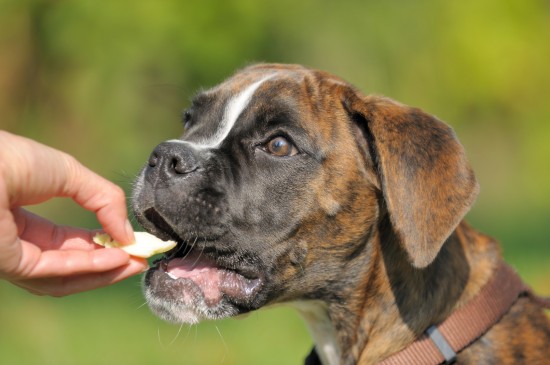
Back in 1982, a vet called Dr Ian Dunbar introduced a new way to train puppies and young dogs. He called his new method of training the Sirius puppy program. His method involved off the lead training classes for young puppies to take part, placing lots of emphasis on allowing them to socialise with other dogs, and to start their positive reinforcement training. However, this training technique is not a new concept because it all started back in the fifties when dog trainers took a leaf out of the way military dogs were trained to do important tasks.
This technique however, has been around even longer. It was first introduced by a group of men over a century ago when they put forward the concept of reinforcing “desired behaviours” with a view to facilitating changes in learning as well as behaviour.
When Dr Dunbar first introduced the concept, at the time the accepted opinion was that puppies should not be trained until they were 6 months old. This is way past the time when they should have been socialised and taught things because the younger they are, the easier they learn things due to their rapid brain development.
Dunbar introduced the concept of earlier training but then ten years later, a dog trainer by the name of Gary Wilks together with a marine mammal expert, Karn Pryor, came up with the concept of clicker training for dogs.
The action of “positive reinforcement” is one of many ways a dog's behaviour can be influenced, and is now what is termed as “operant conditioning”. With dogs the action encourages them to interact with the environment around them so they discover where they can find rewards and where there are no rewards to be had. This encourages dogs to repeat behaviours which they find to be rewarding and to stop any behaviours which go unrewarded or punished.
Although the concept of manipulating a dog's behaviour when they are being trained sounds like a pretty easy task, but there is more involved than just rewarding or punishing a behaviour. Operant conditioning does in fact, involve four basic options and it these options which can be used to mould a dog's responses and the way the animal behaves. This is known as the “four quadrants” which are as follows:
However, to really understand how these options can help in training dogs, it's necessary to understand what each of term actually means. These are explained below:
Positive reinforcement encourages a desired behaviour by offering puppies treats, lots of praise, petting and even playing with them. Taking a puppy for a walk is another treat or reward that's commonly used to positively reinforce good behaviour.
When it comes to positive punishment, this works because you add something which will lessen the chances of a behaviour being repeated. Commonly used positive punishments are voice commands/corrections, lead corrections and other ways to correct behaviour.
A good example of negative reinforcement is when training a dog, they can be taught to take an object in their mouths by pinching their ear until they do. Some trainers use shock collars to achieve the same results. The shocks are stopped once the dog behaves the way you want them to. The relief from any discomfort a dog feels is seen as being a very powerful motivator.
Negative punishment is where you take something away which will decrease the chances of an unwanted behaviour being repeated. Withholding a treat or any other positive reinforcement works well and is one of the ways many trainers teach puppies and young dogs with undesired behaviours. Another negative punishment is to ignore a dog who demonstrates an unwanted behaviour. An example being if a puppy jumps up, they should be ignored because they have shown undesired behaviour. If the puppy is repeatedly ignored, they quickly learn this is not the way to get any attention and as such the behaviour stops.
There are two basic schools of thought where dog trainers are concerned. There are those who believe in and use positive punishment and negative reinforcement and then there are trainers who prefer not to. Positive reinforcement trainers are also often referred to as “reward-based trainers” are part of the latter because they focus on achieving the behaviour changes they are looking for by rewarding a puppy desired behaviour but ignoring unwanted behaviours. If the truth be known, trainers do achieve excellent results using these methods because there is no risk of intimidation or fear of pain during their training sessions. Their reasoning being that although correction methods teach dogs not to do things, it does not, however, teach the dog the right thing to do.
An experienced dog trainer knows the value of using some form of positive reinforcement when they train dogs and they will use this method to a certain extent to achieve the best results.
There are two sorts of positive reinforcement training which are as follows:
When it comes to “lure reward” training, this involves using treats in the form of food to lure the puppy into a desired position. The training can include the use of a clicker or some other form of marker signal too. However, this can lead to dogs focussing too much on the food rather than the behaviour which is why clicker training takes a lot of the food issue out of the equation.
Clicker training also minimises dogs moving around too much simply because the “click” signals the end of a behaviour. This will not happen with other methods of positive reinforcement training.
Positive reinforcement training focusses on taking out the punishment otherwise known as the “correction side” of training. Many dog trainers, over time came to the conclusion that it proved to be unnecessary, and often had some adverse effects on young dogs. Dog trainers have come to realise that physical or indeed psychological threats can inhibit learning and not encourage it. Training a puppy using a correction-based technique will certainly mean you end up with a very obedient dog, but the bond between dog and owner would be that much stronger if the young dog have been trained using the positive reinforcement method.
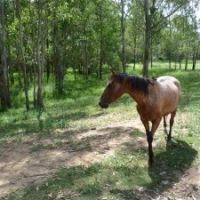 My Horse Training Stories : Horse Trail Ride From Hell !
My Horse Training Stories… What happens when you break t
My Horse Training Stories : Horse Trail Ride From Hell !
My Horse Training Stories… What happens when you break t
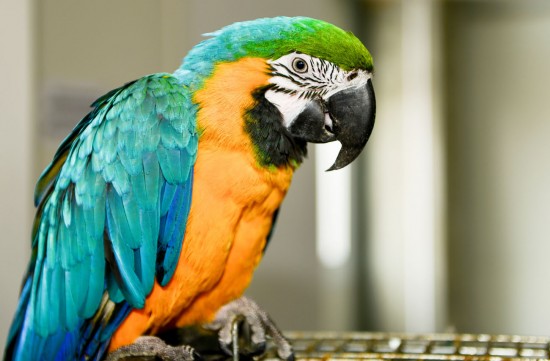 Parrots - The Long Term Commitment
Parrots - The Lon
Parrots - The Long Term Commitment
Parrots - The Lon
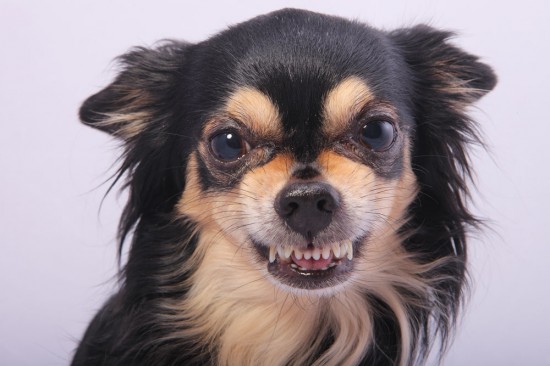 Resource Guarding - Dog Behaviour
Resource Guarding
Resource Guarding - Dog Behaviour
Resource Guarding
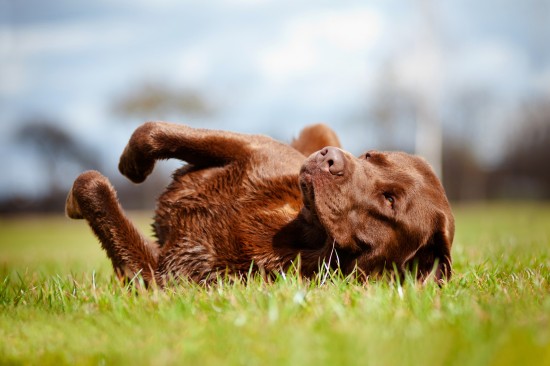 Why Do Dogs..? Part Two
Why Do Dogs..? Pa
Why Do Dogs..? Part Two
Why Do Dogs..? Pa
 Preventing Female Canine Siblings From Fighting
Preventing Female
Preventing Female Canine Siblings From Fighting
Preventing Female
Copyright © 2005-2016 Pet Information All Rights Reserved
Contact us: www162date@outlook.com